
Livedo ReticularisCausesSymptomsTypesTreatmentPrognosis
Secondary livedo reticularis: Mottled skin caused by an underlying condition. If the rash is associated with systemic symptoms, doctors must check whether the rash is livedo reticularis or livedo.
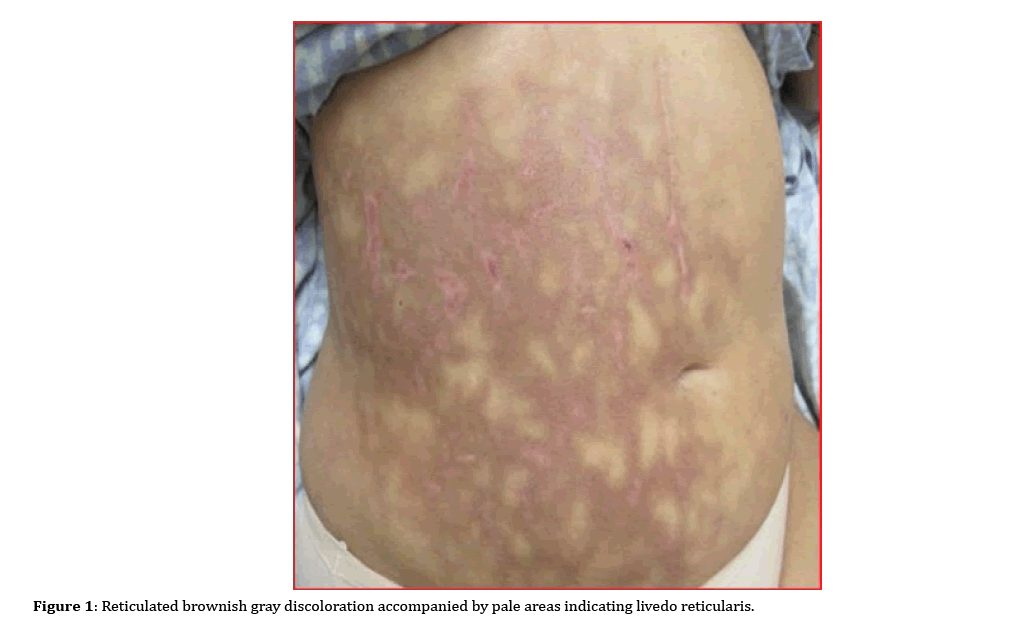
Livedo Reticularis A Rare Skin Manifestation of Pancreatitis
Livedo reticularis. Also called marbled skin, livedo reticularis is a normal and usually harmless body response that causes your skin to become pale and covered in red or purple patterns. It's usually caused by cold temperatures and will go away without treatment.
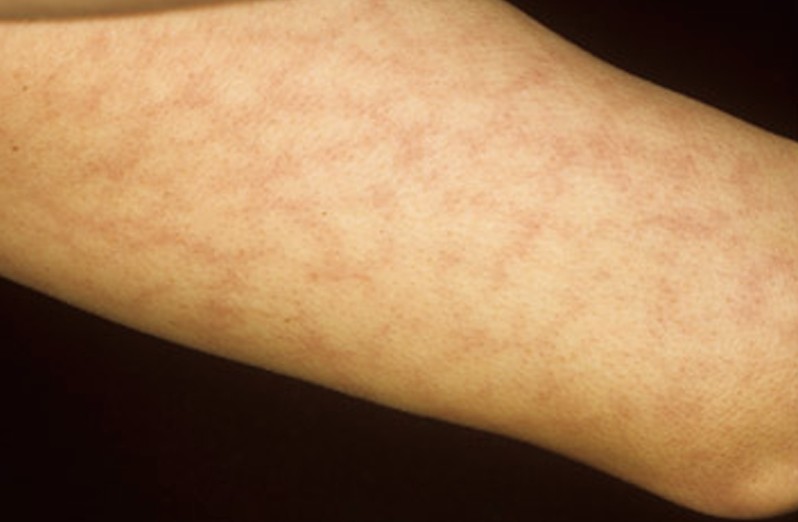
livedo reticularis rash pictures, photos
Primary livedo reticularis: Gradually warm the affected area by taking a shower or bath. Secondary livedo reticularis: Symptoms should improve by treating the underlying condition. For example, a vascular condition may require anticoagulants. Congenital livedo reticularis: This condition goes away on its own but may take time.
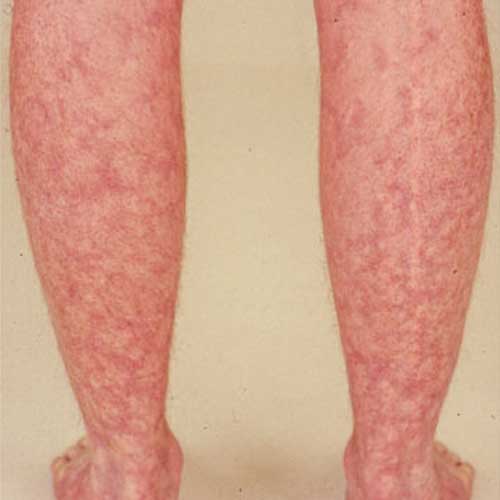
Identifying Rheumatoid Arthritis Rash Livedo Reticularis
What is livedoid vasculopathy?. Livedoid vasculopathy is a rare, chronic vascular disorder characterised by persistent painful ulceration of the lower extremities. The condition occurs chiefly but not exclusively on the lower leg or foot. Livedoid vasculopathy was also known as ' livedo vasculitis ', 'livedoid vasculitis' and 'livedo reticularis with summer ulceration'.

Livedo reticularis as a presenting sign of severe acute respiratory syndrome coronavirus 2
Livedo reticularis is thought to be due to spasms of the blood vessels or a problem of the blood flow near the skin surface. It makes the skin look mottled in sort of a net pattern with clear borders. The condition most often shows up on the legs. Sometimes livedo reticularis is simply the result of being chilled.
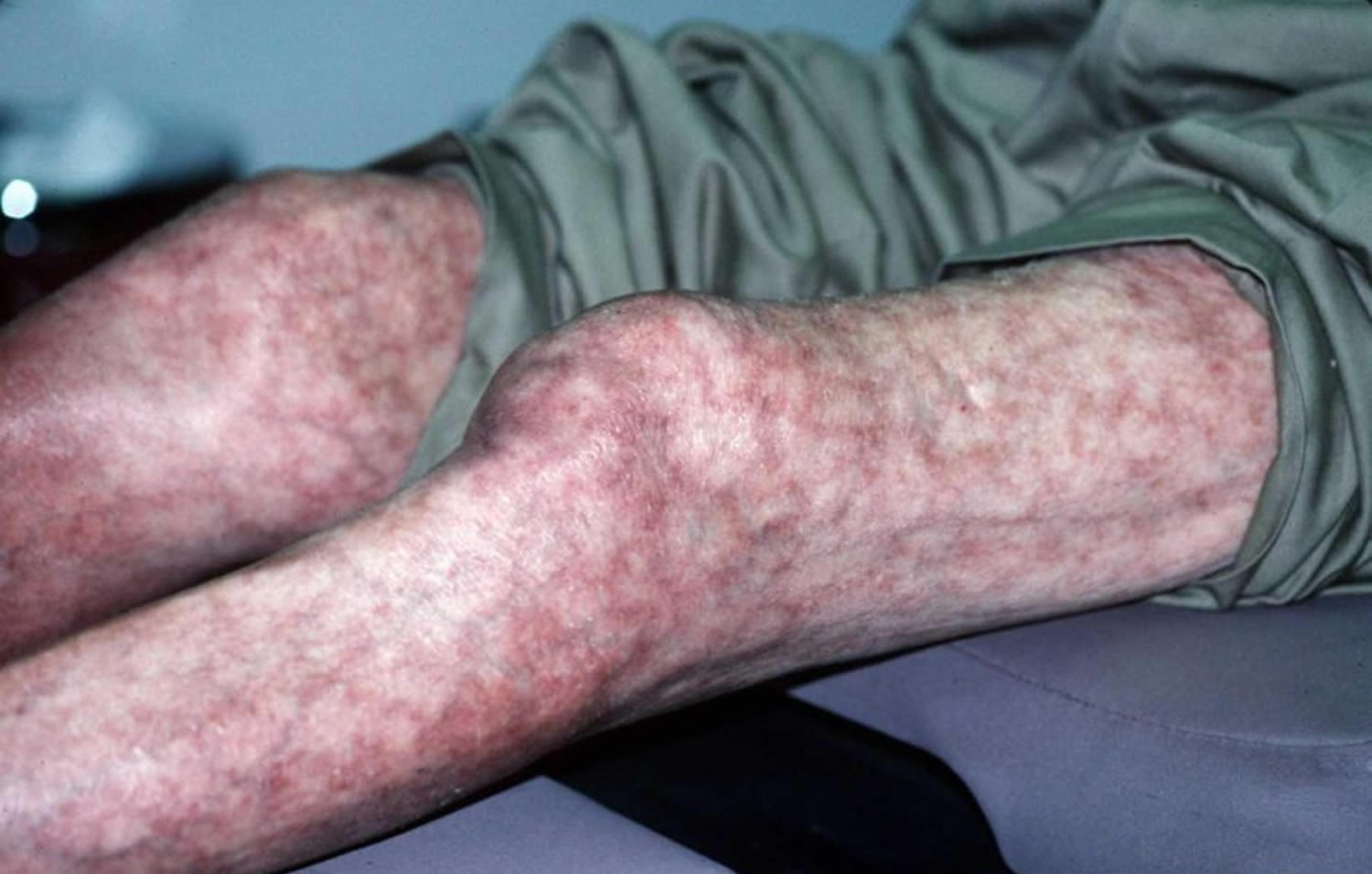
Mottled skin or livedo reticularis causes, diagnosis and treatment
Livedo reticularis. Also called marbled skin, livedo reticularis is a normal and usually harmless body response that causes your skin to become pale and covered in red or purple patterns. It's usually caused by cold temperatures and will go away without treatment.

Livedo reticularis also affecting the trunk, in patient 2. Download Scientific Diagram
Livedo reticularis is the clinical term that means mottling of the skin. It presents as a blotchy, reddish-blue skin condition that appears in lace-like patterns over pale skin. On darker skin tones, it can appear as darker, reddish-purple patterns.. Pictures and More Skin cancer can change the skin's color, texture, and growth. Early.

Livedo reticularis
Livedo reticularis results from a disturbance of blood flow to the skin, causing low blood flow and reduced oxygen tension to the skin. Cutaneous vasculature is comprised of a series of 1-3 cm cones. The apex of each cone is located deep within the dermis at the site of an ascending arteriole.
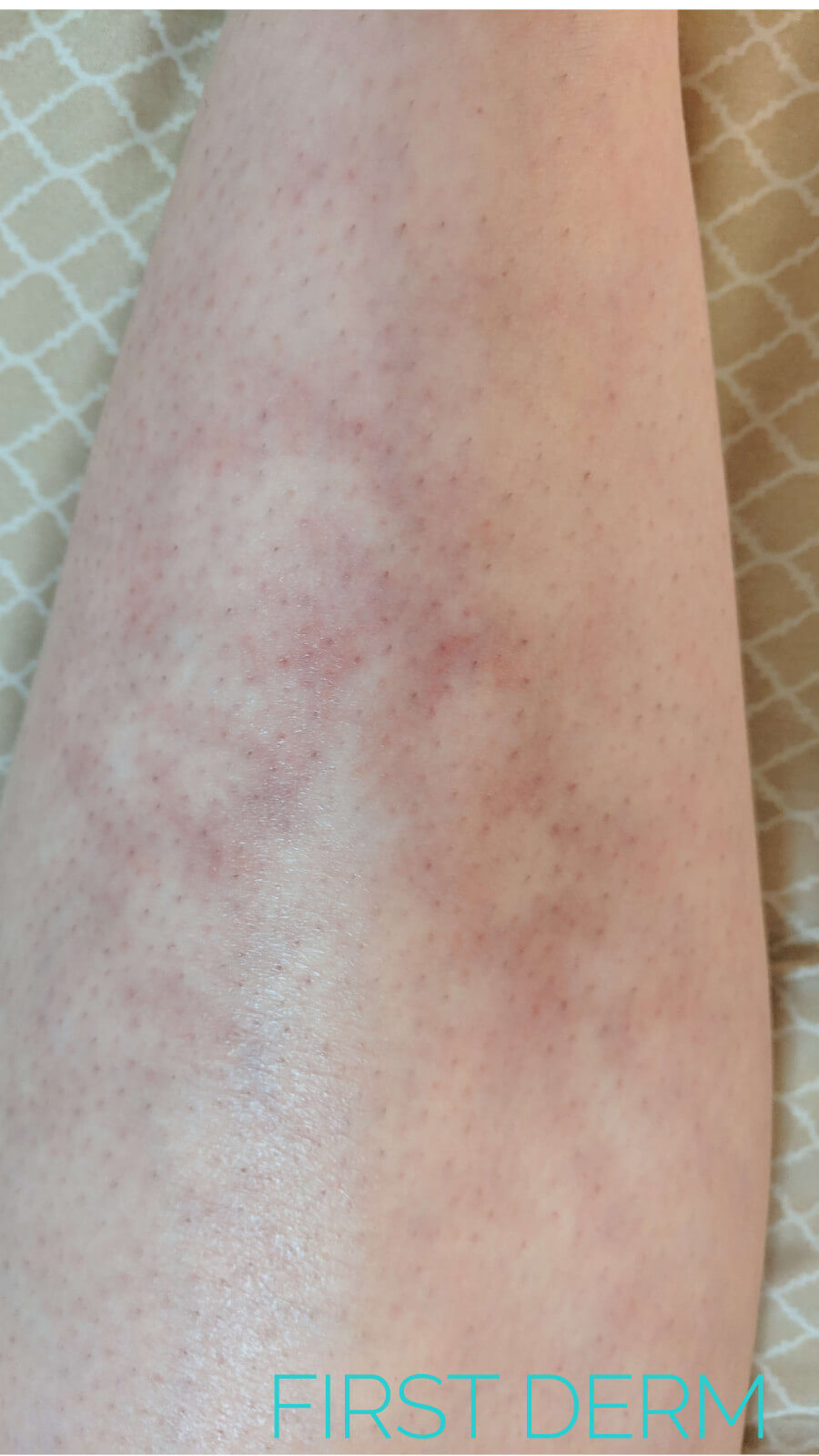
Livedo Reticularis Online Dermatology
Livedo reticularis (Picture 1) is a netlike or mottled pattern of purplish discoloration on the skin, which reflects the network of blood vessels within the skin. The discoloration is not fixed, and the skin findings come and go in intensity. Disturbance of blood flow thought to be due to constriction of blood vessels (vasospasm) leads to.

Livedo reticularis in the arm Stock Image C013/9724 Science Photo Library
Livedo reticularis (LR) is a cutaneous physical sign characterized by transient or persistent, blotchy, reddish-blue to purple, net-like cyanotic pattern. LR is a manifestation of cutaneous blood flow disturbance that may occur in a variety of physiologic and pathologic states. They may be benign, as in physiologic cutis marmorata of infancy.
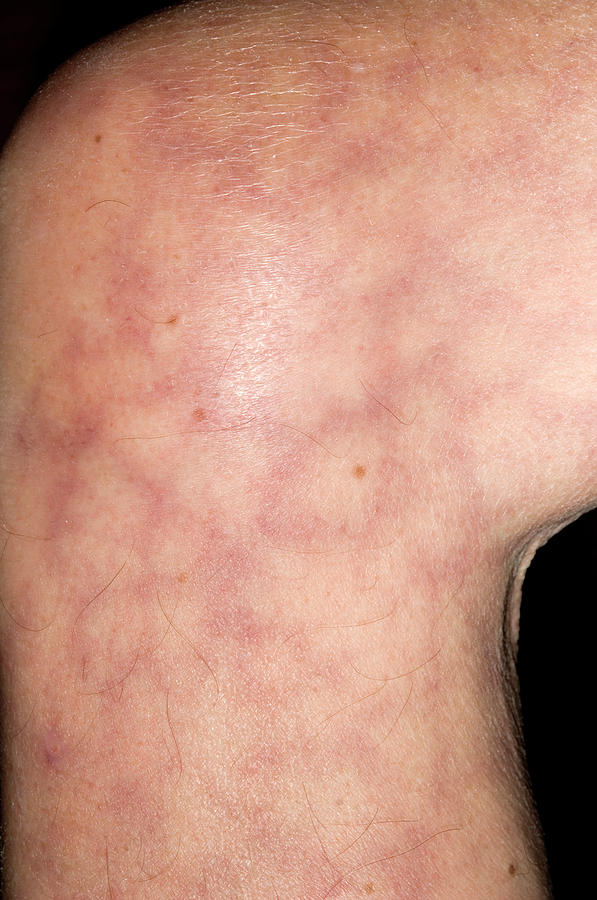
Livedo reticularis MedkoM
Livedo reticularis is a violaceous reticular discolouration of the skin, with connecting rings forming a network-like pattern, more commonly involving the extremities. This discolouration appears when peripheral venous plexuses of the skin become visible, resulting from venodilation, venous pooling, and deoxygenation of blood.

Livedo reticularis AIREMB
Livedo reticularis is a vascular condition characterized by a mottled, purplish discoloration of the skin, usually on the legs. It may be aggravated by cold exposure. There is a problem with information submitted for this request. Review/update the information highlighted below and resubmit the form.

Livedo Reticularis Cancer Therapy Advisor
Besides livedo reticularis, different types of rashes you may experience in RA include: Rheumatoid vasculitis: This condition causes inflammation of small and occasionally medium-sized blood vessels.
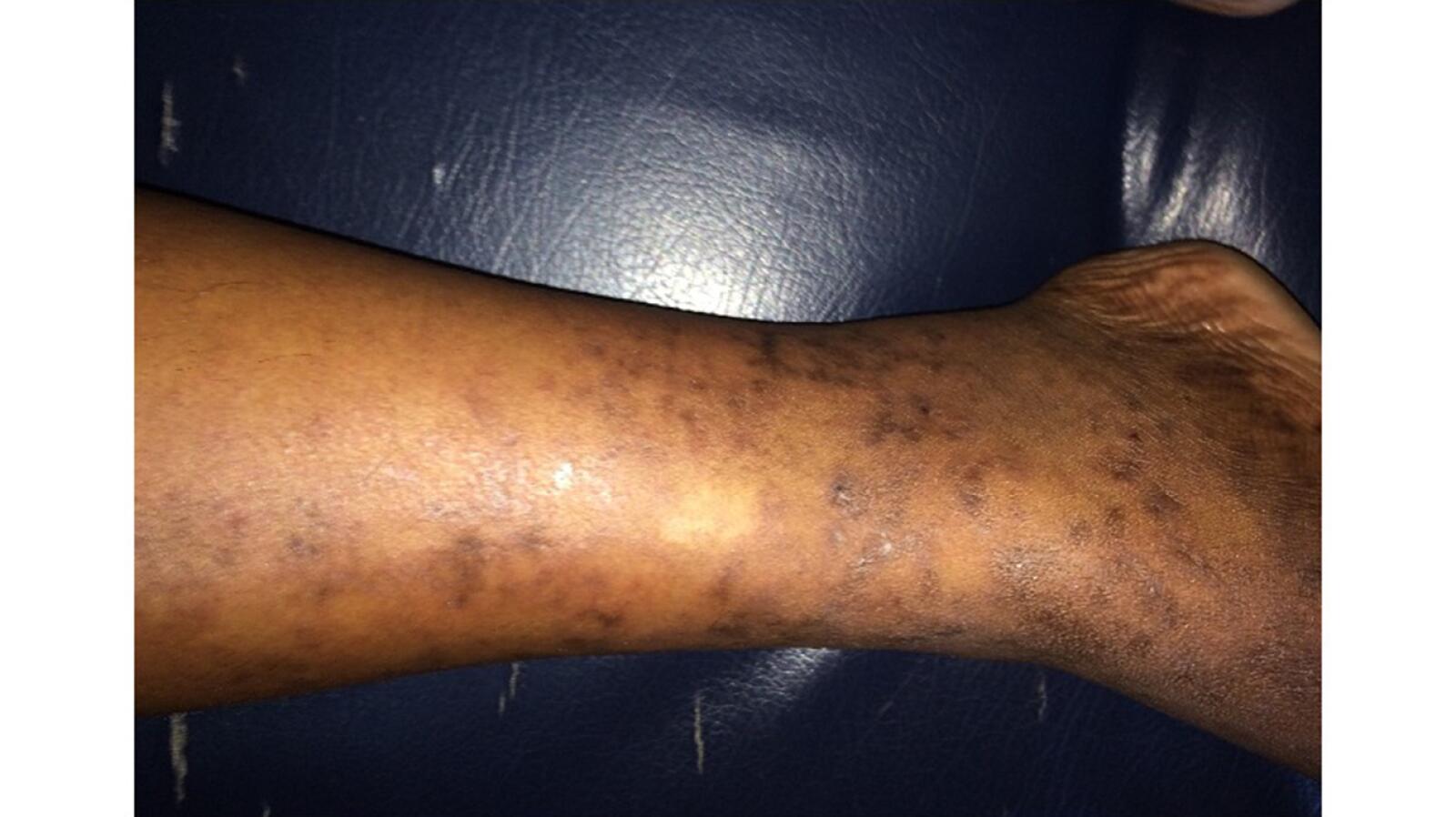
Mottled Skin (Livedo Reticularis) Causes, Signs, and Treatment
Livedo reticularis is a common skin finding consisting of a mottled reticulated vascular pattern that appears as a lace-like purplish discoloration of the skin. The discoloration is caused by reduction in blood flow through the arterioles that supply the cutaneous capillaries, resulting in deoxygenated blood showing as blue discoloration..

Livedo Reticularis Pictures, Symptoms, Causes, Diagnosis, Treatment
Livedo reticularis. Also called marbled skin, livedo reticularis is a normal and usually harmless body response that causes your skin to become pale and covered in red or purple patterns.
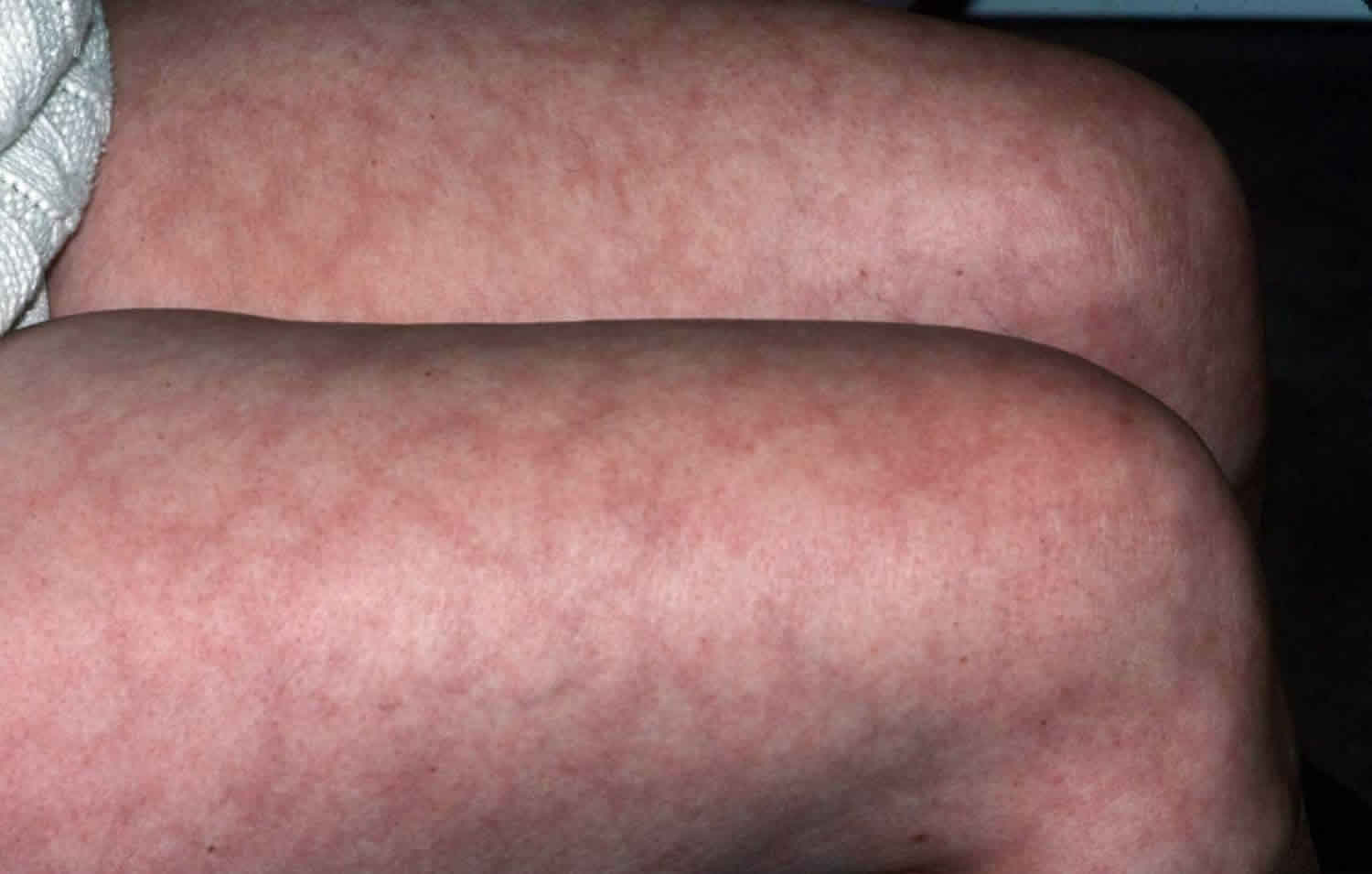
Mottled skin or livedo reticularis causes, diagnosis and treatment
Livedo reticularis (LR), which is more descriptive of a physical finding than a diagnosis, is a netlike or reticulated red to bluish discoloration of the skin related to the vasculature. More commonly, LR is observed on the lower extremities as a physiologic response to cold temperature that resolves with warming. However, LR is also associated.